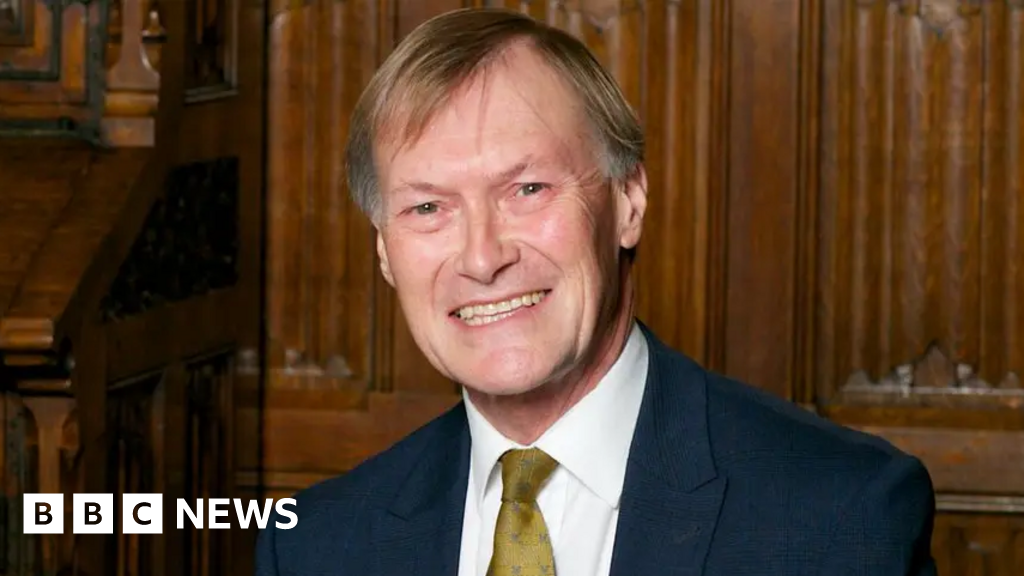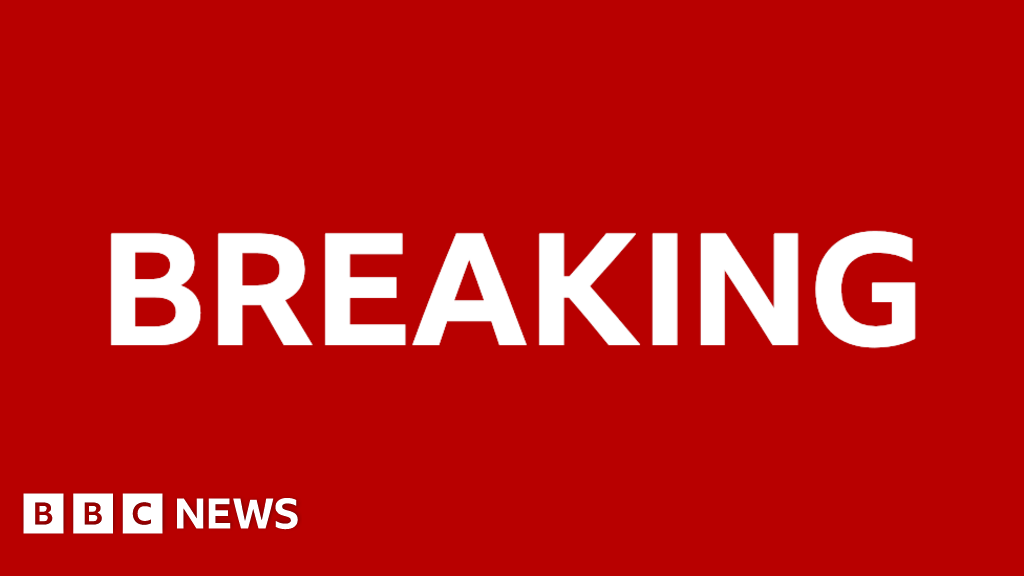The final inflation report covering the Biden administration shows President Donald Trump inherited an unfavorable inflation situation. Still, some economic policymakers say that, overall, the U.S. economy remains in solid shape.
Prices for so-called core items, which exclude food and energy, were expected to have remained unchanged in January, at about 3.2%.
That is well above the Federal Reserve’s official 2% goal. The core measure does not include data like egg prices, which have soared as a result of the ongoing effects of avian flu, putting further pressure on consumers.
Instead, the biggest source of increase for economists’ preferred inflation measure is housing costs. Analysis from the data group CoreLogic shows demand remains strong in the Northeast, while there are indications that building materials costs have climbed in anticipation of Trump’s tariffs.
Without further progress in slowing price growth, Trump may face growing pressure to take more aggressive action.
Already, at least one Trump economic adviser has signaled the administration may look to curb overall consumption, which would most likely entail a slowdown in growth and even increase unemployment. Kevin Hassett, director of the National Economic Council, told CNBC on Monday that reducing demand and increasing the labor supply could address the pace of price growth.
Markets have so far ignored those remarks. Instead, many investors have zeroed in on the uncertainty Trump has created through his tariff actions. On Monday, he announced he would impose 25% duties on all steel and aluminum imports, a move many parts of the business community have seen as problematic. Last month, Trump announced an additional 10% levy on all goods from China.
The combined effect of price increases from Trump’s tariffs themselves and the implied uncertainty surrounding them and Trump’s broader economic plans could impede progress on the “disinflation” sought by economic policymakers.
“We continue to believe that the Trump Administration’s trade, fiscal and immigration policy agenda would be mildly inflationary,” Bank of America analysts said in a new note to clients.
Federal Reserve Chair Jerome Powell said Tuesday that, on balance, the economy was “strong overall,” with the central bank having made “significant progress” toward its 2% goal over the past two years. He also indicated in testimony to the Senate Banking Committee that the Fed is in a good position to adjust interest rates as necessary depending on how economic growth evolves.
“If the economy remains strong and inflation does not continue to move sustainably toward 2%, we can maintain policy restraint for longer,” Powell said, meaning keeping interest rates higher for longer.

 German (DE)
German (DE)  English (US)
English (US)  Spanish (ES)
Spanish (ES)  French (FR)
French (FR)  Hindi (IN)
Hindi (IN)  Italian (IT)
Italian (IT)  Russian (RU)
Russian (RU) 








Comments
Get the most out of News by signing in
Sign In Register